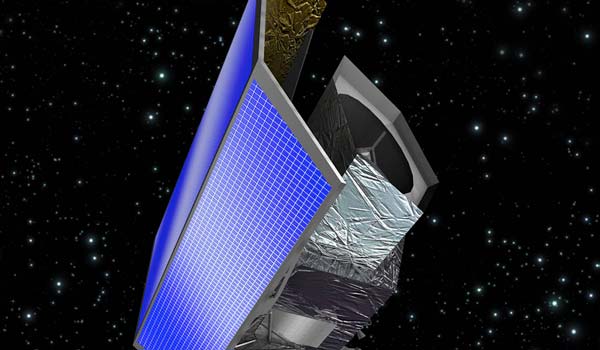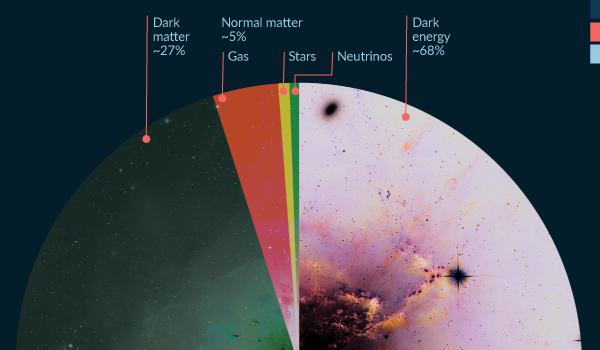HOME
Euclid 2020
Euclid, a planned mission to investigate the profound cosmic mysteries of dark matter and dark energy, has passed its preliminary design review. This clears the way for construction to begin. The Euclid consortium, with important participation from NASA, will provide science instruments and data and science analysis. NASA's Euclid Project Office is based at JPL.

